Swiss Replicas
The Secret Behind The Extraordinary Chronometers, First Copy Watches
How does Rolex deal with quality and precision? Let us look at two facts: Rolex watches are assembled and then tested by the Superlative Observatory for chronometers. Its average daily error is -2/+2 seconds, which is more than twice as accurate as ordinary chronometers certified by the Observatory; secondly, starting from July 1, 2015, all Rolex watches provide a 5-year warranty, setting a new benchmark for the watchmaking industry… So, how does the brand achieve such accuracy and reliability?? Part of the answer lies in the speed-regulating mechanism.
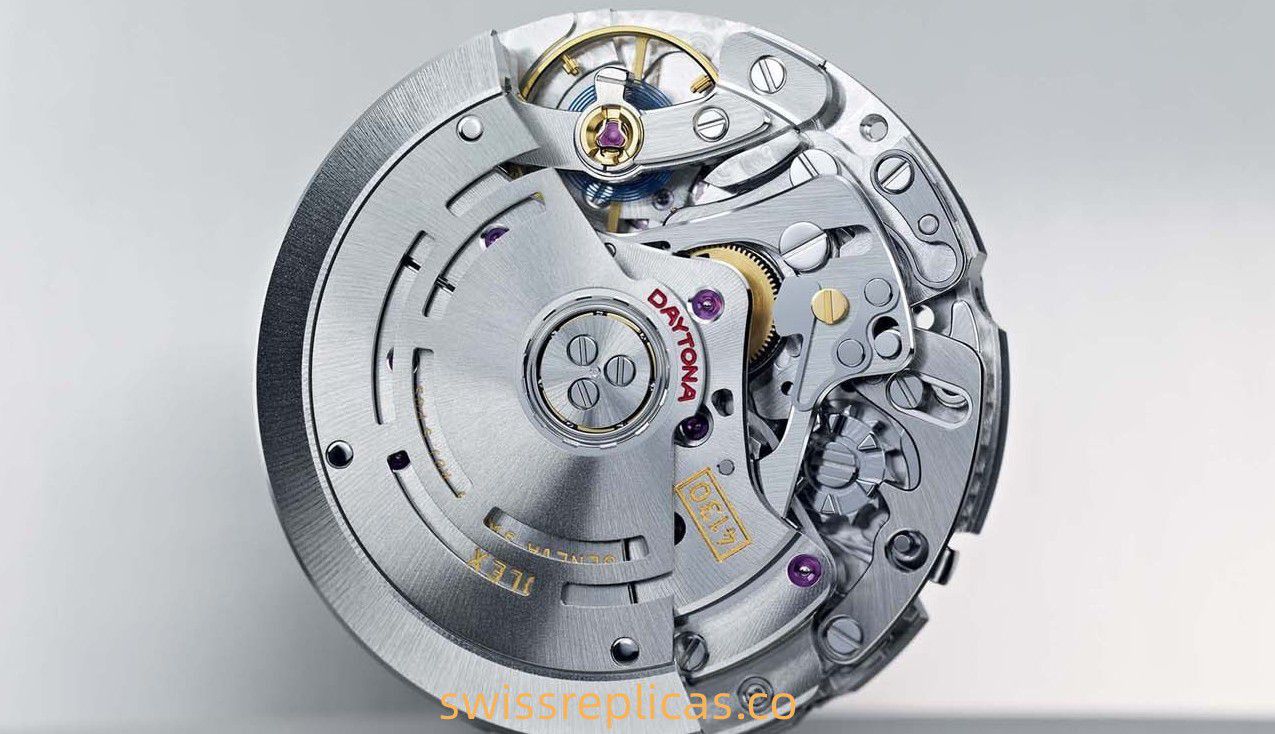
Rolex 4130 self-winding mechanical chronograph movement
Of course, the results were no accident. Rolex has a unique method of manufacturing watches and movements known as the “Rolex Way.” The main components required for its watches are all produced by the brand. Generally, specific technical solutions are applied continuously throughout the entire process. Solutions that work well will be used as new standards. Therefore, the Rolex movement is still instantly recognizable even though it is usually hidden under the case back. We can identify the Rolex movement by looking at the speed regulating mechanism because the Rolex speed regulating mechanism has distinctive hallmarks. First copy watches.
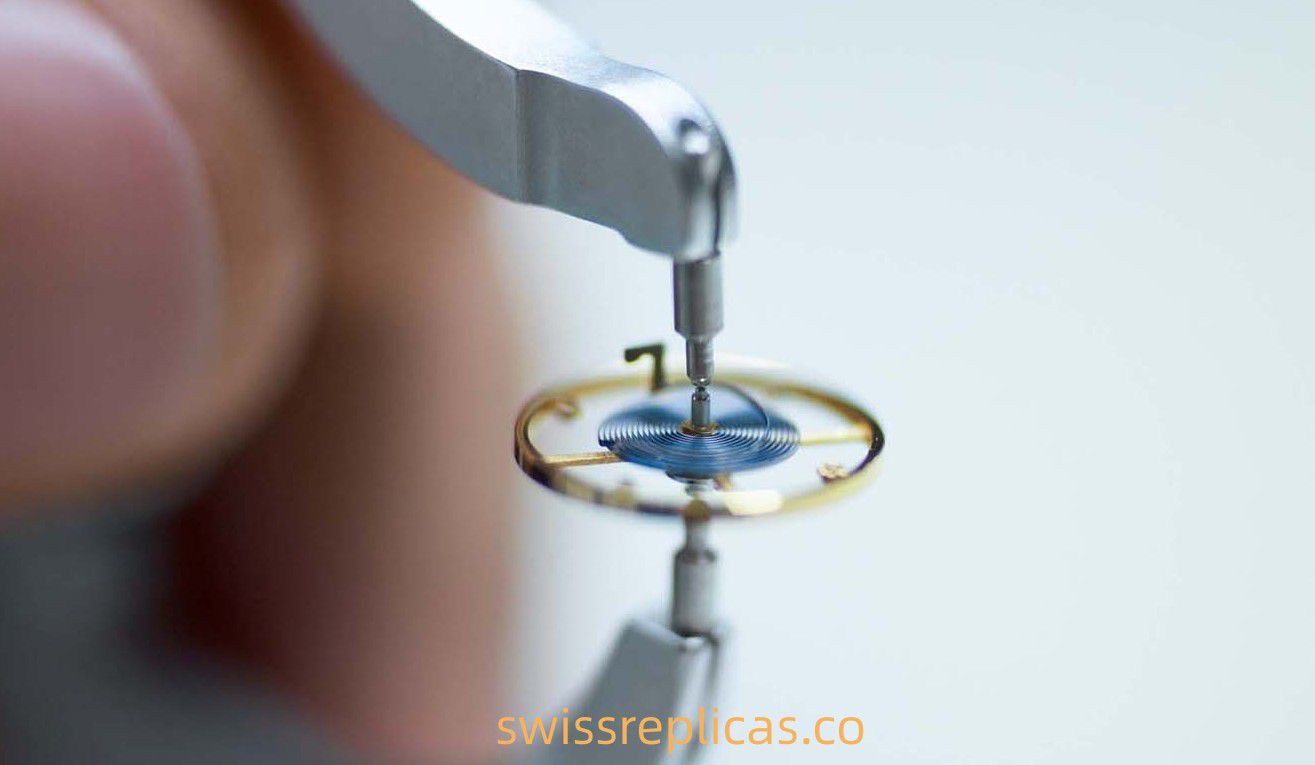
Rolex Blue Parachrom Hairspring
The speed-regulating mechanism is the movement’s power core and the watch’s most critical component. The regulating mechanism includes the escapement and the oscillator, which defines the running speed of the clock and is also known as the “time guard.” Therefore, Rolex has also developed patented solutions in this area. Listed below are some of the most typical and conspicuous features of Rolex movements, all involving the core of power – the speed-regulating mechanism.
Snap-free balance wheel with fine adjustment screw
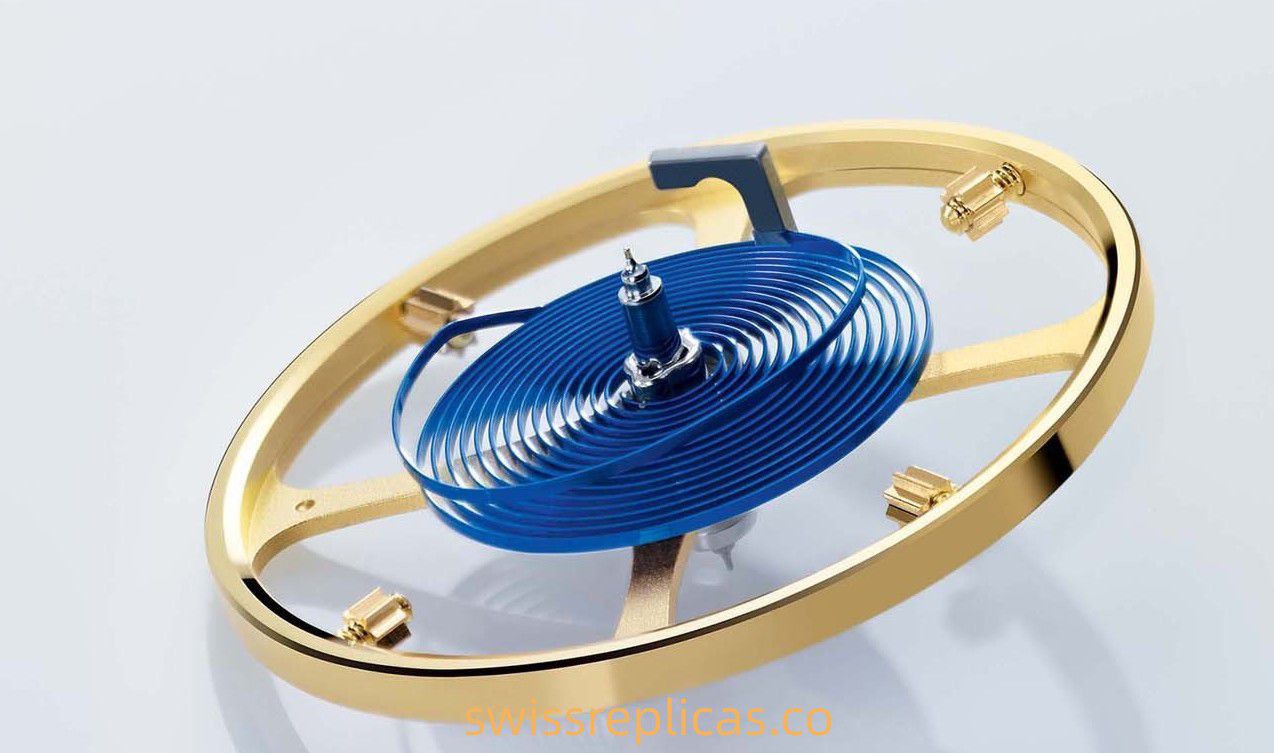
Balance wheel equipped with four gold fine-tuning screws.
There are two main ways to adjust a mechanical movement. The most common way is to use a regulator to determine the effective length and speed of the hairspring by sliding a pin that fixes the hairspring.
Another solution is to utilize a cardless balance wheel. The length of the hairspring is constant, and the watchmaker can move the screws or weights on the balance wheel to change the inertia of the balance wheel instead of making a fuss about the length of the hairspring. The card-free balance wheel is an advanced solution that improves precision performance by avoiding certain risks. In addition, a free balance wheel is more resistant to shocks that can cause the regulator to move.
This is also the solution adopted by Rolex. Highly precision-machined balance wheel (to improve stability), equipped with two pairs (four) gold fine-tuning screws for precise adjustment. For example, turning the screws inward (in pairs) will reduce the balance inertia and increase the rate, and vice versa.
Homemade blue Parachrom hairspring
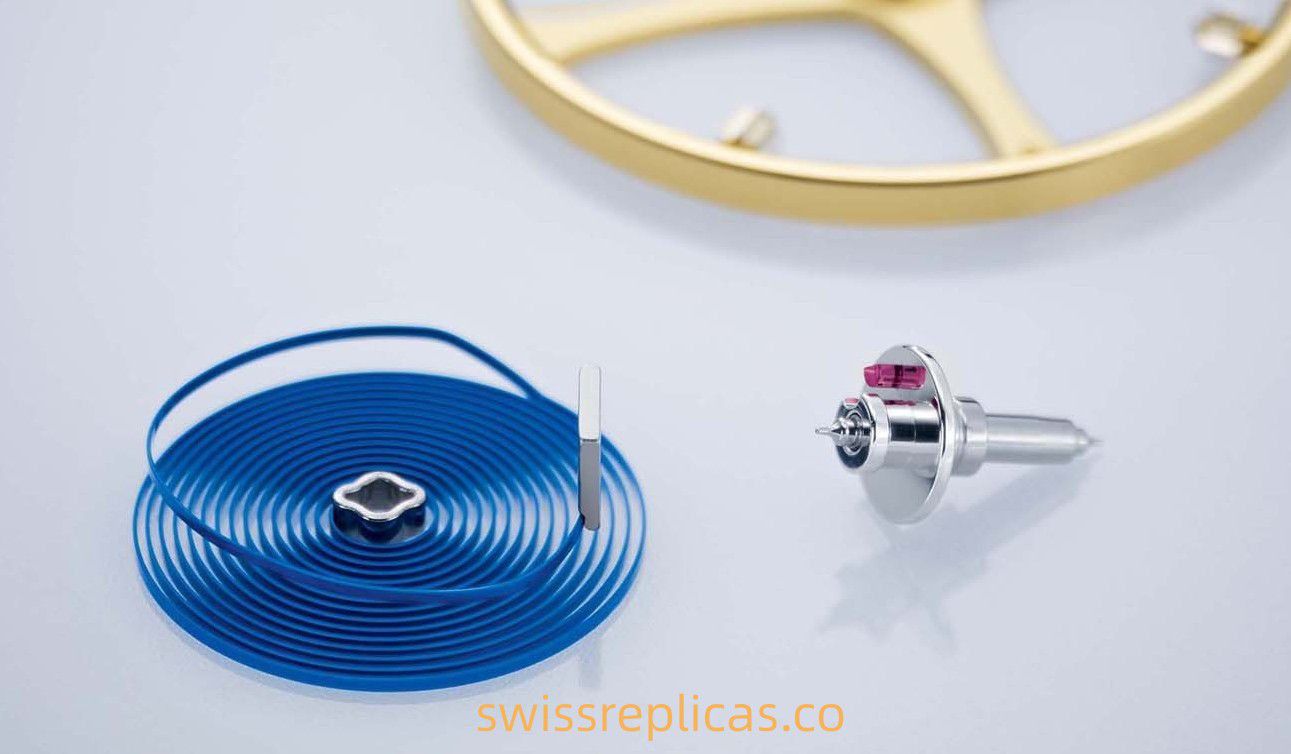
The blue Parachrom hairspring and balance parts have a pivot diameter of only 0.07 mm, equivalent to a human hair’s diameter.
The internal parts of a watch can be magnetized. Watchmakers have long tried to use soft iron inner cases to combat magnetic fields. However, this solution is ineffective against high-intensity magnetic fields and increases the thickness and weight of the case. Watch replicas.
Recently, research has focused on the movement and, more specifically, on choosing strategic components for the balance wheel. In this regard, Rolex is one of the few brands that produces its hairsprings and one of the few manufacturers that can utilize paramagnetic/diamagnetic materials.
Rolex developed the patented “Blue Parachrom Hairspring” and introduced it into the 4130 movement (Cosmograph Daytona watch) in 2000. The unique niobium-zirconium alloy is diamagnetic and remains stable under temperature changes. In 2005, Rolex adopted a new patented technology to improve the Parachrom hairspring’s surface and its long-term stability. In 2014, Rolex also launched a silicon hairspring in the 2236 movement (used to assemble women’s watches). Of course, Rolex’s antimagnetic achievements don’t stop at the hairspring level. For example, the balance pivot has also been specially designed to optimize antimagnetic properties.
Rolex final hairspring
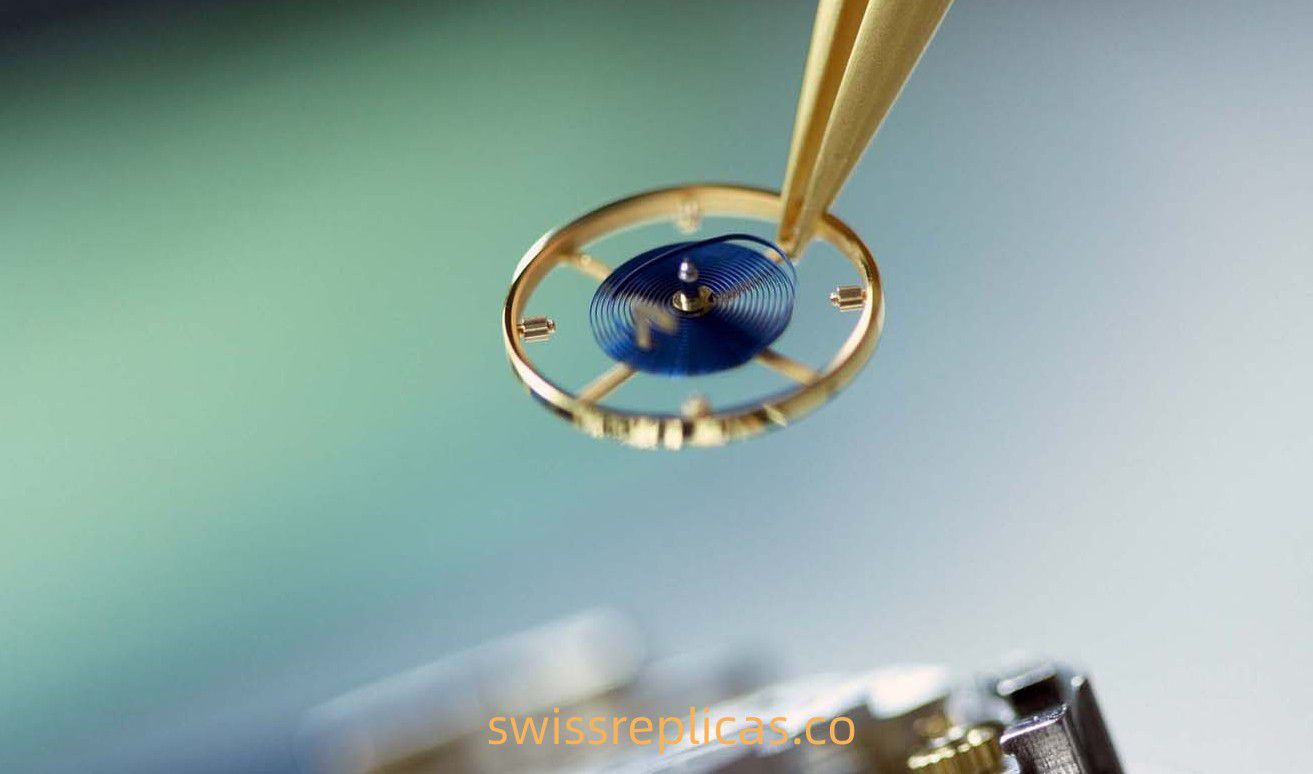
Rolex Blue Parachrom Hairspring
The shape and connections of the hairspring determine how it expands and contracts. Most watches have a flat spiral hairspring, but hairsprings come in other shapes. Breguet bent the outer end of the hairspring and placed it near the balance pivot. This allows the hairspring to “breathe” symmetrically and evenly, improving isochronism. Rolex adopted Breguet’s end curve manufacturing process and optimized it, naming it the Rolex final hairspring.
Transverse balance bridge
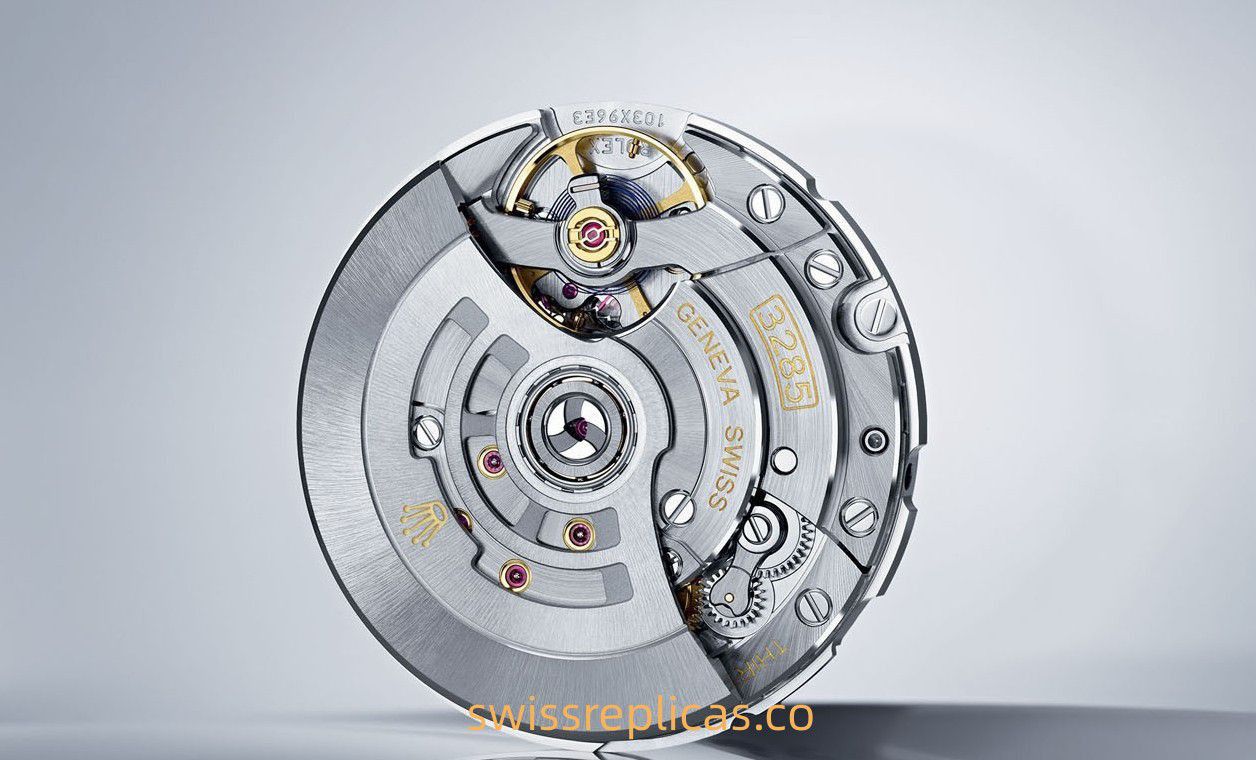
Launched at Baselworld 2015, the new generation 3255 mechanical movement with 14 patented technologies
Traditionally, the balance wheel is fixed under the bridge, with one end fixed. In modern Rolex movements, the balance bridge adopts a spanning design and is fixed at both ends, allowing the oscillator to be positioned stably and accurately. The rigidity of the bridge plate also dramatically improves the impact resistance of the balance wheel.
Rolex Paraflex cushioning device

Rolex Paraflex cushioning device
The pivot and jewel bearings of the balance wheel (and sometimes other critical components) are particularly fragile and prone to damage after impact. With cushioning, the stones are mounted on springs, leaving cushioning space to absorb shock. The Swiss watchmaking industry has two central anti-shock systems – Incabloc and KIF. Some manufacturers use their systems. Rolex has favored the KIF anti-shock system for many years. In 2005, the brand developed and patented an exclusive cushioning device called Paraflex. Paraflex cushioning has a unique geometry that’s instantly recognizable. Rolex claims that this innovative spring geometry increases the efficiency of the shock absorber by 50% while retaining the chronometer performance of the balance wheel.
4 Hz standard vibration frequency
Theoretically, the higher the vibration frequency of the movement, the more accurate it will be (of course, the speed must be stable first). However, while increasing the frequency of a signal brings benefits, it also has some disadvantages – for example, more friction or less power reserve. The vibration frequency of almost all modern Rolex movements is 28,800 vibrations per hour (4 Hz), which the brand considers to be the best compromise between high-precision regulation and reliability. In the 1990s, Rolex equipped the Daytona with an improved El Primero movement but lowered the vibration frequency from 5 Hz to 4 Hz.
Chronergy escapement
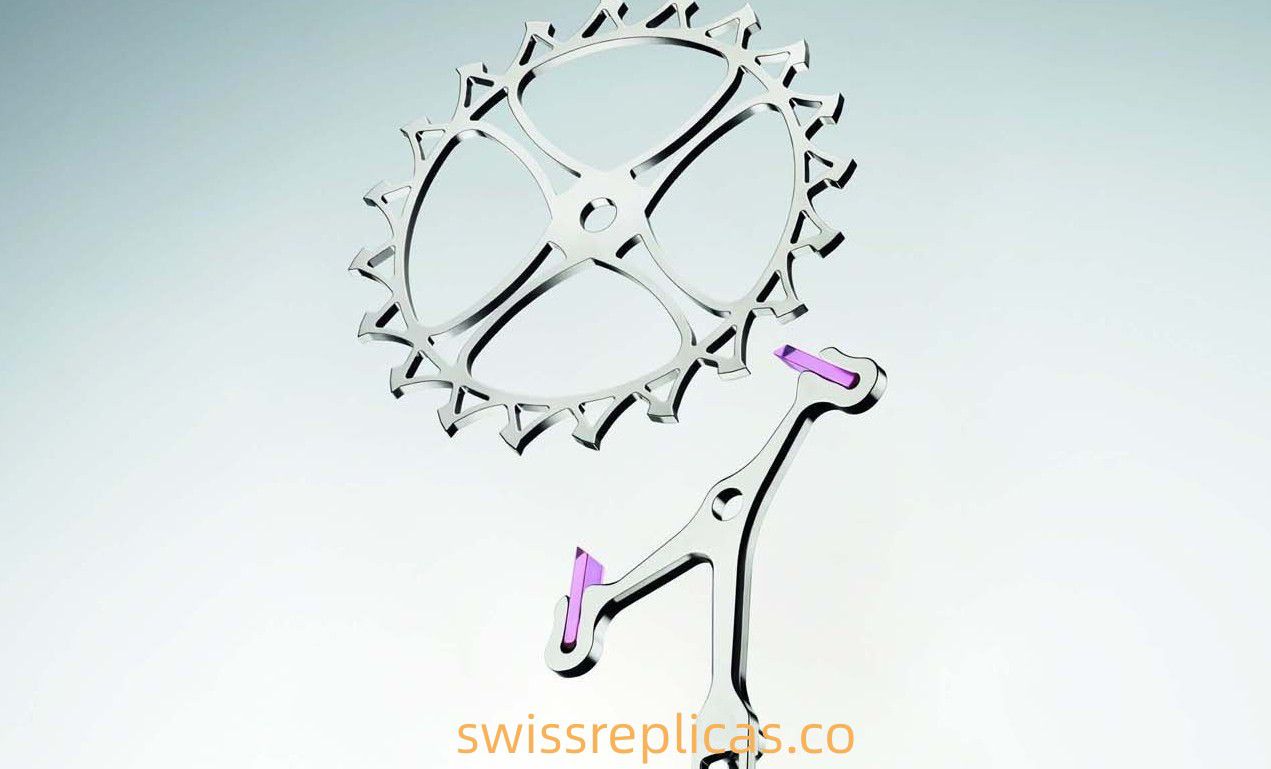
Rolex Chronergy Escapement
The Chronergy escapement system was first used in the 3255 movement (2015 Day-Date 40 watch) and is Rolex’s optimized version of the Swiss lever escapement system. Rolex engineers aimed to improve the escapement’s dynamic efficiency while retaining its reliable performance. The length ratio between the escapement wheel teeth and the fork jewel is the opposite. The pallet fork jewel is now half as thick as before, while the contact surface of the escapement wheel teeth is twice as large. The components of the escapement are also no longer aligned but slightly offset to improve leverage. The escape fork and wheel are processed with high precision using LIGA technology, and the escape wheel is designed with a cutout to reduce inertia. In addition, the components are made of nickel-phosphorus material and are not affected by magnetic fields. Rolex claims that the efficiency of the escapement system has been increased by 15%, which also increases the power reserve of the 3255 movement by nearly half.
Lubrication – Epilamage Coating
Rolex does not often promote technological progress, but its official website released some exciting news: “Rolex has developed a new exclusive lubricant, synthesized in-house, and its service life and stability have been significantly improved over time.” The brand has remained silent on the development progress, so that’s all we know now, but the lubrication work And Epilamage coating are crucial to Rolex.
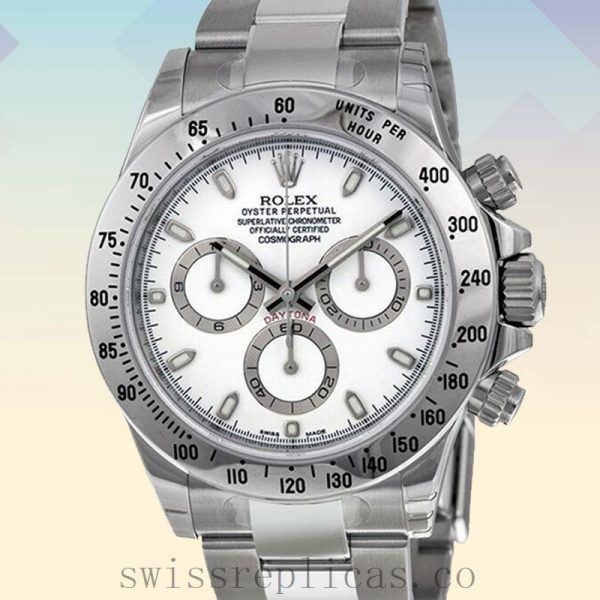
Band Length: 19cm
Gender: Men’s
Series: Daytona
Case Color: Silver-tone
Movement: Automatic
Brand: Rolex
Band Color: Silver-tone
Model: 116520-WSO
Case Thickness: 16mm

